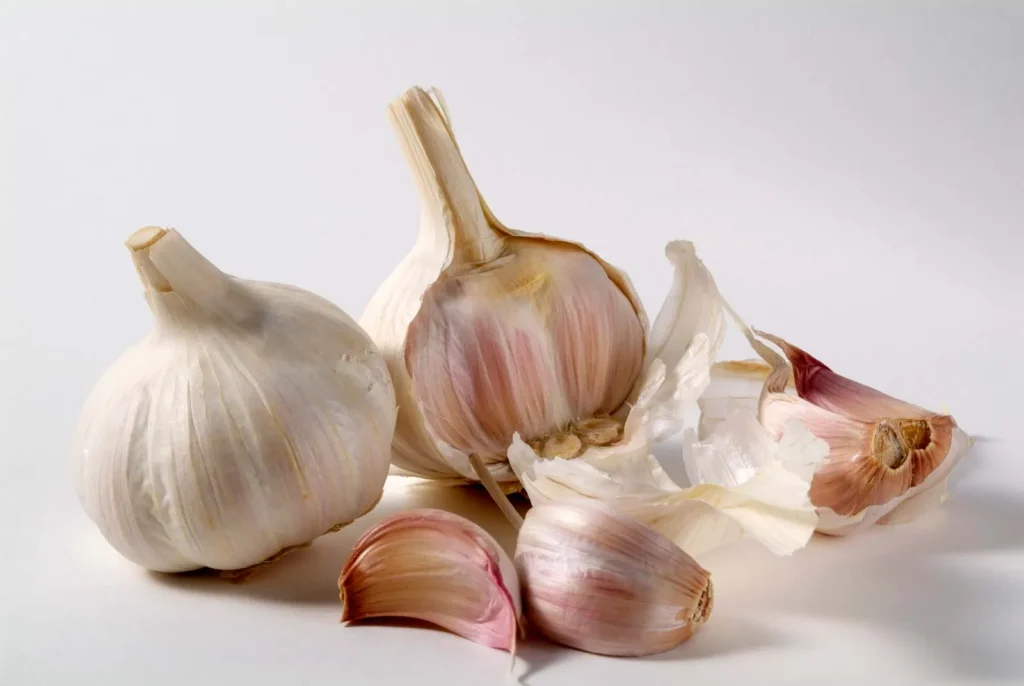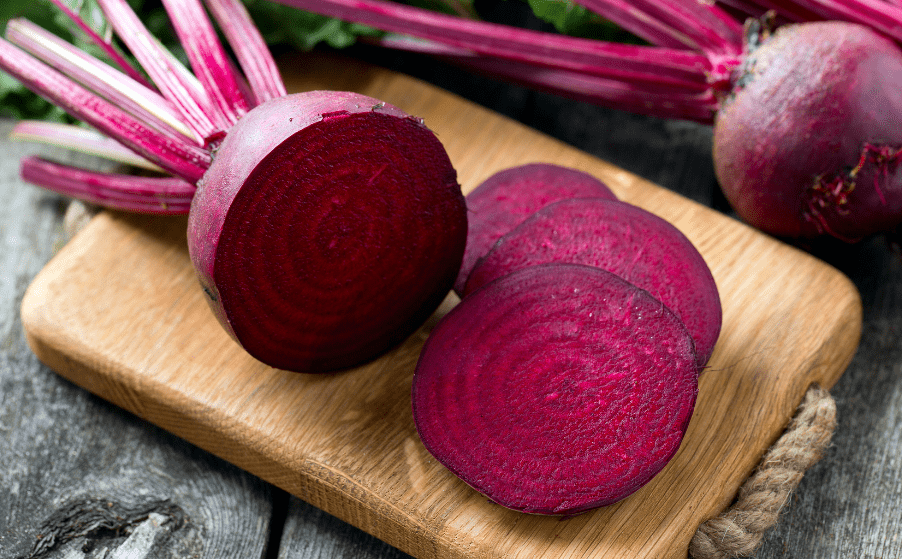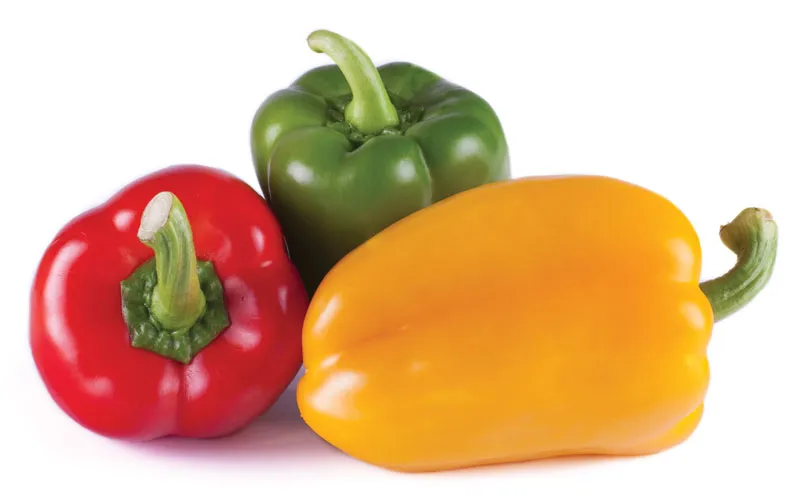
Description
Depending on the cultivar, the long leaves frequently emerge from a short, hard stem above the bulb or from a soft pseudostem made up of overlapping leaf sheaths. Up to 20 edible bulblets are present in the clove-shaped bulb, which has a membrane skin covering. When the green-white or pinkish flowers bloom, the bracts that were initially covering the spherical flower cluster split open.
Varieties
Garlic that has a stiff central stalk, or neck, is known as hardneck garlic. Comparatively speaking, it often yields less cloves than softneck bulbs. Cloves often grow in a circle around the plant’s neck and are uniform in size. Typical varieties include:
Rocambole: The skin is extremely thin and peels off easily, however the bulbs don’t keep as long as other varieties. Due to its curling scapes, this variety of garlic is also known as snake garlic and is one of the most popular.
Garlic with purple stripes: Several striped types are present, ranging in flavor from mild to strong; Starbright is regarded for its nutty flavor and storage qualities, while Chesnok is suitable for roasting.
Porcelain garlic: Bulb skin is thick and only contains a few big cloves, which helps bulbs store well. While Romanian red is strong and acidic, Georgian crystal is a mellow variant.

Uses
Garlic is frequently cooked or used in powdered form in recipes. Garlic changes when it is cooked; it becomes softer, milder, and creamier, and its flavor and aroma become more subdued. However, in addition to eating it cooked, you can also eat it raw.
Nutrition
A typical serving of 1-3 cloves of garlic has no appreciable nutritional value because the amount of all the essential nutrients is less than 10% of the Daily Value (DV). When expressed per 100 g, garlic contains a variety of elements in high concentrations, including the dietary minerals phosphorus and manganese, as well as the vitamins B6 and C. Per 100 grams, garlic provides a minor amount of dietary minerals like iron, calcium, and zinc as well as some B vitamins like thiamin and pantothenic acid.
Cultivation
Garlic thrives in sunny, loose, dry soils with good drainage and is hardy in USDA climatic zones 4-9. It’s crucial to choose large bulbs of garlic when choosing which varieties to plant so that you can separate the cloves. Large cloves and proper planting bed spacing will also result in larger bulbs. Garlic plants prefer to grow in soils having organic matter, while they can flourish in a range of pH levels and soil conditions.
Table





